
The raid at MPC enterprises is part of a trend of increasing worksite raids, according to a Midwest Center analysis of federal data and interviews with immigration officials.

The raid at MPC enterprises is part of a trend of increasing worksite raids, according to a Midwest Center analysis of federal data and interviews with immigration officials.
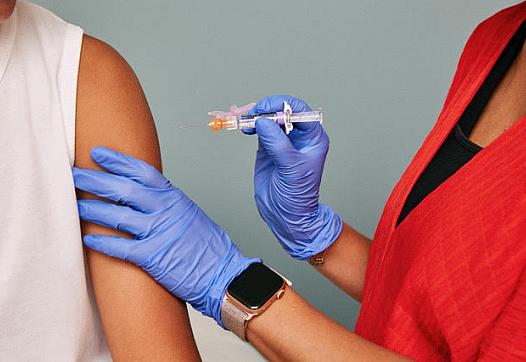
When and why does ICE inject detainees with sedatives? And what kind of medications are officials using? A reporter seeks answers on a disturbing practice.
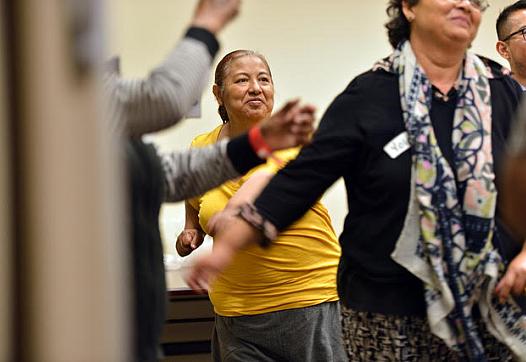
News stories about health care policy are often way too dry and boring. The missing ingredient? Stories of real people. One reporter shares a few lessons from the field.
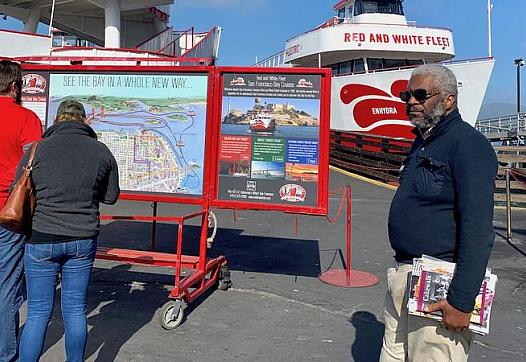
The series has received support from the Fund for Journalism on Child Well-Being, a program of USC's Center for Health Journalism....
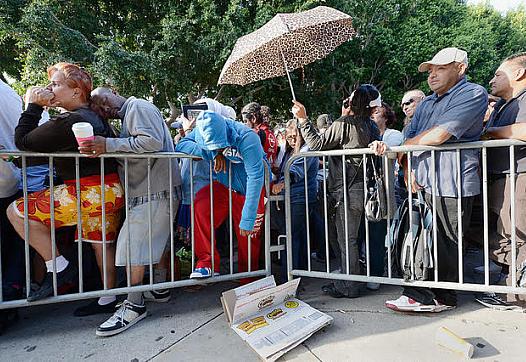
While many uninsured individuals are low-income residents, upper-middle-income Californians also struggle to afford high-priced private health care coverage.
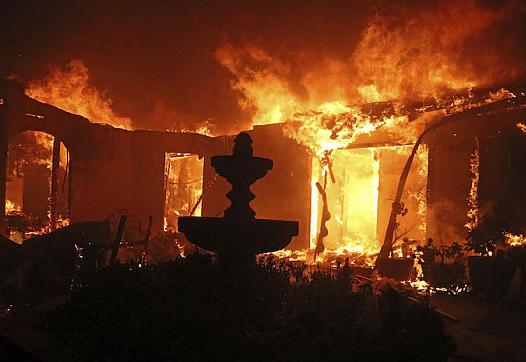
Climate change is fueling devastating wildfires in California, and in some cases, low-wage immigrant workers are cleaning up after them. They sweep ash out of houses and strip debris from burned buildings.
Asthma is on the rise across the U.S., and people of color are more likely to have asthma. On Native American reservations, the problem is particularly grave.
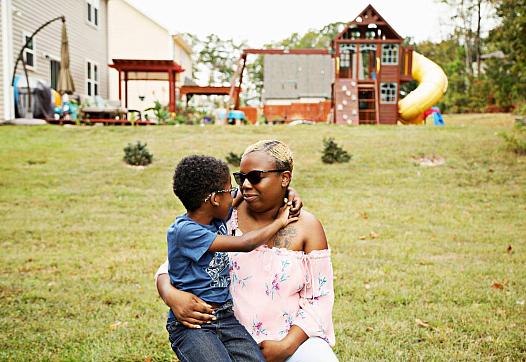
North Carolina has one of the worst records in the nation for the deaths of children a year or younger. The rate of black babies’ deaths is a big reason.
State programs and efforts by private organizations have reduced North Carolina’s infant mortality rate to its lowest ever, but the state still has a stubborn problem with high levels of black infant mortality.
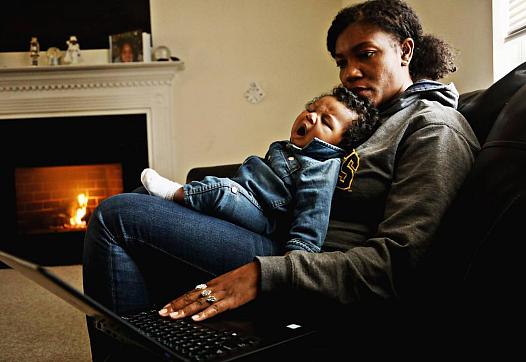
Deaths of African-American babies declined most quickly in states that expanded Medicaid coverage, researchers have found. North Carolina isn’t one of those states.